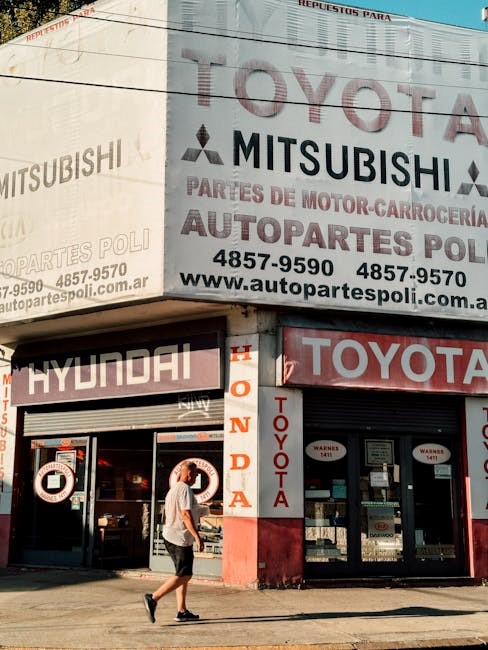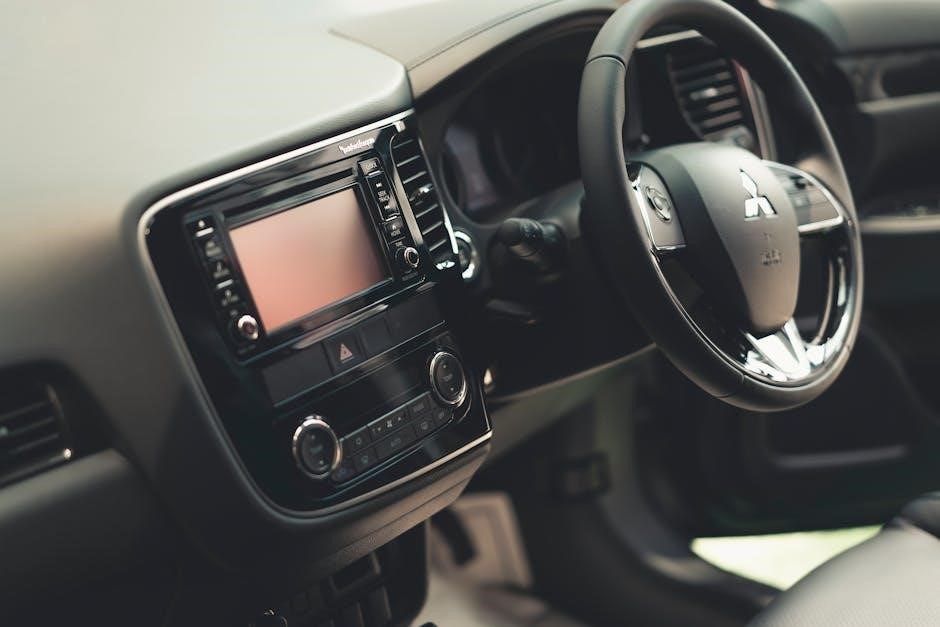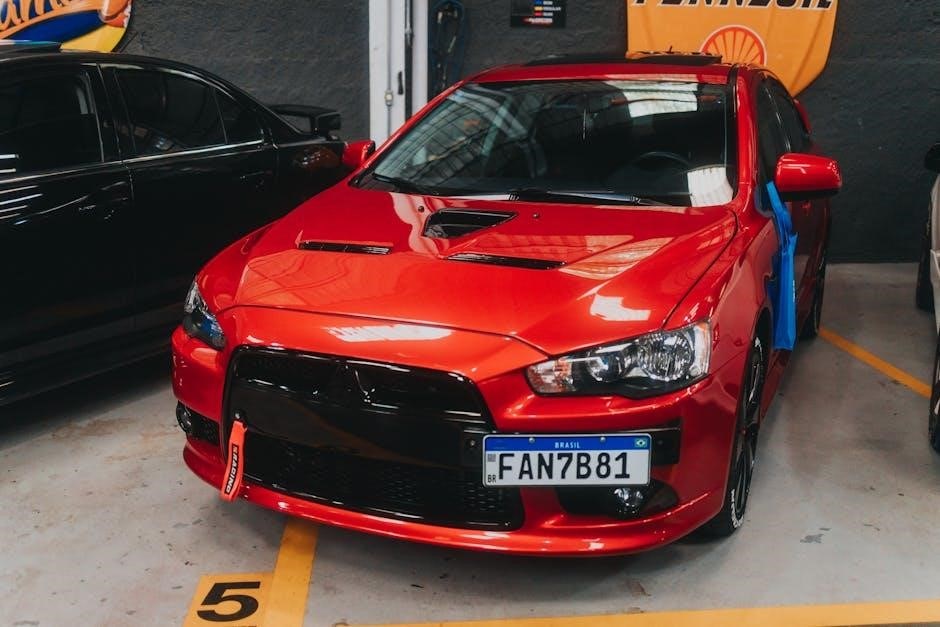bike valuation guide
Category : Guide
Bike valuation is the process of determining a bike’s fair market value, considering factors like make, model, condition, and mileage. Online tools and expert appraisals help sellers and buyers assess value accurately.
Why Bike Valuation is Important
Bike valuation is crucial for determining a fair market price, ensuring transparency in buying, selling, or trading. It helps sellers set competitive prices and buyers avoid overpayment. Accurate valuation also aids in insurance assessments and trade-in negotiations. Understanding a bike’s value empowers sellers to demonstrate its worth, while buyers can verify affordability. Professional appraisals provide credibility, making transactions smoother. Whether for personal sale or dealership trade-ins, knowing a bike’s value ensures fair dealings and informed decision-making. It also highlights the impact of maintenance, customization, and condition on resale value, guiding owners to maximize their bike’s market appeal and financial return.

Understanding Bike Valuation Basics
Bike valuation involves assessing a vehicle’s worth based on brand, model, year, condition, and mileage. It uses tools like online calculators and expert appraisals to determine accurate market value.
Factors Influencing Bike Value
Several factors influence bike value, including brand reputation, model popularity, and vehicle condition. Mileage plays a significant role, as lower kilometers often increase value. The bike’s age impacts depreciation, with newer models typically holding higher worth. Customizations and aesthetics can also enhance or detract from value, depending on market demand. Additionally, regional pricing variations affect valuations, as certain areas may have higher demand for specific bikes. Maintenance and repair records further contribute, ensuring transparency and trust for potential buyers or traders.
Difference Between Trade-In Value and Market Value
Trade-in value refers to the amount a dealer offers for a bike when trading it in for another vehicle, typically lower than market value. Market value is the price a bike would sell for in a private sale or through a marketplace. Trade-in values are often negotiable and may not reflect the bike’s true worth, while market value is influenced by demand, condition, and comparables; Understanding both helps sellers maximize their returns, whether trading in or selling privately. Accurate valuations ensure fair deals, catering to individual financial goals and preferences.
Role of Mileage and Condition in Valuation
Mileage and condition are critical factors in determining a bike’s value. Lower mileage typically indicates less wear and tear, increasing its worth. A well-maintained bike with minimal damage commands higher prices, while high mileage or poor condition can significantly reduce its value. Regular maintenance records and a clean appearance reassure buyers of the bike’s reliability. Even minor cosmetic issues can lower the valuation, making it essential to address repairs and upkeep. A bike in excellent condition with low mileage often sells for a premium, reflecting its durability and appeal to potential buyers.

Methods for Valuing a Bike

Methods for valuing a bike include using online valuation tools, professional appraisals, and comparing prices of similar bikes. These approaches provide accurate and reliable estimates tailored to the bike’s specifics.
Using Online Valuation Tools
Online valuation tools provide instant and accurate bike valuations by analyzing data such as brand, model, year, condition, and mileage. Platforms like Orange Book Value and Gearz Vehicle use advanced algorithms to estimate fair market prices. These tools are user-friendly, requiring minimal input to generate detailed reports. They are ideal for sellers seeking quick assessments and buyers looking for fair prices. By leveraging up-to-date market data, online tools ensure transparency and reliability, making them a preferred choice for determining bike values efficiently. They save time and eliminate the need for physical inspections or expert appraisals.
Professional Bike Appraisal Services
Professional bike appraisal services involve expert evaluations to determine a bike’s value accurately. These services are conducted by certified professionals who assess the bike’s condition, mileage, and customization. They use advanced tools and industry knowledge to provide detailed reports. Unlike online tools, professional appraisals offer a hands-on inspection, ensuring accuracy for high-value or vintage bikes. This service is ideal for sellers seeking precise valuations and buyers wanting to verify a bike’s worth. Professional appraisals build trust and confidence in transactions, making them a reliable choice for accurate bike valuation.
Comparing Prices of Similar Bikes
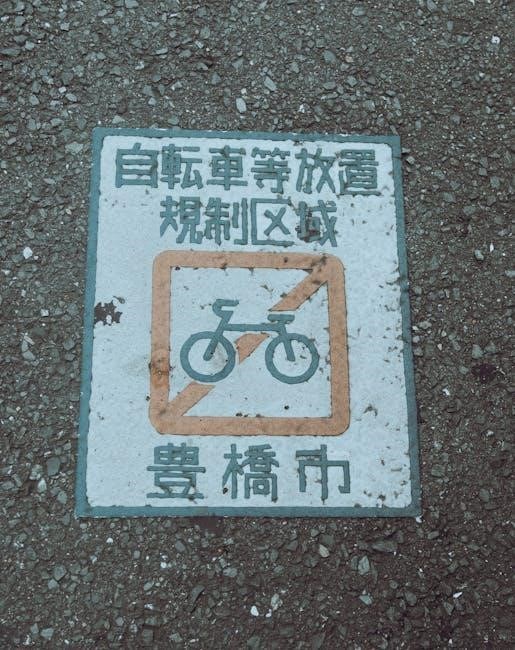
Comparing prices of similar bikes is a key step in determining fair market value. By researching listings of bikes with the same make, model, and year, you can identify trends and averages. This method helps you understand what buyers are willing to pay and ensures your pricing is competitive. Use online marketplaces, industry guides, and local listings to gather data. Pay attention to condition, mileage, and customization, as these factors significantly impact value. Accurate comparisons allow you to set realistic expectations and make informed decisions when buying or selling a bike.

Research and Data Collection
Thorough research involves gathering maintenance records, comparing similar bikes, and utilizing industry pricing guides to determine accurate valuations. Online tools and market data are essential for precise assessments.
Gathering Necessary Documents for Valuation
Collecting essential documents is crucial for an accurate bike valuation. This includes the vehicle registration certificate, service and maintenance records, insurance documents, and any repair receipts. Photographs of the bike from multiple angles are also necessary to showcase its condition. Additionally, a valid pollution under control certificate and a copy of the owner’s manual can add credibility. These documents provide transparency and help evaluators assess the bike’s history, mileage, and overall condition. Organizing these papers beforehand ensures a smoother valuation process and builds trust with potential buyers or appraisers.
Importance of Maintenance and Repair Records
Maintenance and repair records are vital for determining a bike’s value. A well-documented service history indicates proper care and can significantly enhance the bike’s appeal. Regular servicing, detailed repair receipts, and a clear maintenance schedule provide transparency to buyers. These records help verify the bike’s condition, reducing doubts about hidden issues. A bike with comprehensive maintenance records often commands a higher price, as it reflects responsible ownership. Conversely, missing or incomplete records can lower the valuation; Organized maintenance documentation ensures credibility and builds trust, making the valuation process smoother and more accurate.
Utilizing Industry Pricing Guides
Industry pricing guides provide standardized data to determine a bike’s value accurately. Tools like Orange Book Value and others use algorithms to assess market prices based on brand, model, year, and condition. These guides offer comprehensive insights, ensuring valuations align with current market trends. They are regularly updated, reflecting changes in demand and economic factors. By leveraging these resources, buyers and sellers can make informed decisions. Industry pricing guides are essential for precise valuations, offering a reliable benchmark for fair market value determination. They help eliminate guesswork, ensuring transparency and accuracy in bike valuations.

Determining Fair Market Value
Fair market value is the price a bike would sell for in its current condition. It considers brand, model, year, mileage, and overall condition, ensuring an accurate assessment.
Assessing Brand, Model, and Year Impact
Brand, model, and year significantly influence a bike’s value. Premium brands like Harley-Davidson or BMW often retain higher value due to reputation and demand. Specific models, such as vintage or limited editions, can command premium prices. The year of manufacture also plays a role, with newer models typically holding higher value compared to older ones. Additionally, certain models may experience resurgence in popularity, boosting their market value. Understanding these factors helps in accurately assessing a bike’s worth in the current market.
Considering Regional Price Variations
Regional price variations significantly impact bike valuation due to differences in demand, local market trends, and economic conditions. For instance, bikes may command higher prices in urban areas with greater demand for commuting, while rural areas might see lower values. Additionally, certain brands or models may be more popular in specific regions, influencing their market value. Online valuation tools, such as Orange Book Value, often factor in location to provide accurate assessments. Understanding these regional dynamics ensures a fair and competitive pricing strategy when buying or selling a bike.
Evaluating the Role of Aesthetics and Customization
Aesthetics and customization play a crucial role in bike valuation, as they influence perceived value and appeal. Custom paint jobs, unique designs, or aftermarket accessories can enhance a bike’s desirability and, in some cases, increase its value. However, overly personalized modifications may not appeal to all buyers, potentially limiting resale potential. Vintage and classic bikes often see increased value due to their timeless aesthetic appeal. Experts assess how these customizations align with market trends and buyer preferences to determine their impact on the bike’s overall worth.

Special Considerations
Special considerations in bike valuation include vintage, custom, and electric bikes, each requiring tailored assessment due to unique features, rarity, or technological advancements impacting their market value differently.
Valuation of Vintage and Classic Bikes
Valuing vintage and classic bikes requires specialized knowledge, as their worth often lies in rarity, historical significance, and collector demand. Factors like originality, condition, and unique features heavily influence value. Professional appraisers assess these elements, comparing them to similar models sold at auctions or through collector networks. Well-maintained bikes with original parts command higher prices, while restored models may appeal to enthusiasts seeking functional classics. Market trends and enthusiast interest can elevate certain models to iconic status, making them highly sought after. Vintage and classic bikes are not just vehicles but also investments and cherished possessions for many collectors.
Valuation of Custom or Modified Bikes
Custom or modified bikes present unique valuation challenges due to their tailored nature. Their value often hinges on the quality of modifications, rarity of components, and craftsmanship. Advanced algorithms and expert appraisals are essential for accurate assessments. Market demand plays a crucial role, as certain customizations may appeal to niche buyers. Documentation of modifications and their costs is vital for determining worth. While some custom bikes retain or even increase in value, others may not, depending on aesthetic and functional preferences. Maintenance records and the bike’s overall condition further influence its appraisal, making each custom bike a distinct case in valuation.
Valuation of Electric Bikes
Electric bikes (e-bikes) require specialized valuation due to their advanced technology and components. Factors like battery health, motor efficiency, and original purchase price significantly impact value. Online tools using machine learning can provide fair assessments in seconds; Market demand and regional variations also play a role, as e-bikes are increasingly popular in urban areas. Proper maintenance records and the condition of electrical components are crucial for accurate appraisals. Sellers should highlight these aspects to maximize value, ensuring transparency during transactions. This ensures fair pricing for both buyers and sellers in the growing e-bike market.

Using Valuation for Selling or Trading In
Accurate bike valuation helps determine a fair price, attracting potential buyers and ensuring a smooth transaction. It streamlines the process of selling or trading in your bike effectively.
Setting a Competitive Price for Sale
Setting a competitive price for your bike ensures it attracts potential buyers and sells quickly. Start by using online valuation tools like Orange Book Value or industry guides to determine its fair market value. Consider the bike’s condition, mileage, and maintenance records, as these significantly impact pricing. Research similar bikes in your region to understand current market demand. Adjust your price based on comparisons and ensure it reflects the bike’s true worth. A well-priced bike stands out in the market, increasing the likelihood of a successful sale. Present the bike in its best condition with clear photos and detailed descriptions to justify the price.
Negotiating with Buyers or Dealers
Negotiating with buyers or dealers requires a balance of firmness and flexibility. Always know your bike’s value beforehand to set a strong foundation for discussions. Start with a competitive price based on market research to attract serious offers. Be open to reasonable counteroffers but avoid being overly rigid. Highlight the bike’s condition, maintenance records, and unique features to justify your asking price. Use tools like Orange Book Value or industry guides to support your position. Ensure transparency to build trust, and aim for a mutually beneficial agreement. A well-prepared approach ensures a smoother negotiation process and a fair deal for both parties.
Getting Multiple Valuations for Accuracy
Obtaining multiple valuations is crucial for accuracy. Use online tools like Orange Book Value or industry-specific guides to get a comprehensive estimate. Compare prices from different platforms and consult professional appraisers to ensure a fair assessment. Additionally, gather quotes from local dealerships and private sellers to understand market trends. This multi-faceted approach helps identify any discrepancies and provides a reliable average value for your bike. By leveraging diverse sources, you can confidently determine a fair and realistic price, whether selling or trading in your vehicle. This ensures transparency and helps you make informed decisions.
Accurate bike valuation ensures fair prices and informed decisions. Use online tools, professional appraisals, and market comparisons to determine your bike’s value confidently for selling or trading.
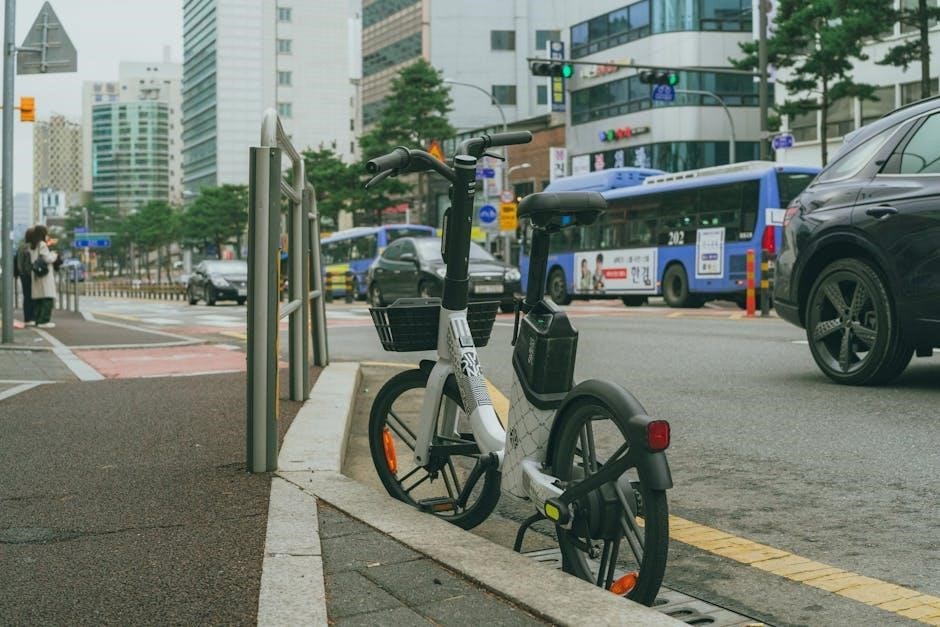
Final Tips for Accurate Bike Valuation
For precise bike valuation, gather detailed records, including maintenance logs and repair receipts. Use reputable online tools and compare prices of similar bikes. Consider professional appraisals for high-value or vintage bikes. Adjust for regional pricing variations and aesthetic customizations. Ensure transparency about the bike’s condition to build trust with buyers or dealers. Regular updates on market trends can also refine your valuation strategy, ensuring a fair and competitive price for your bike.


